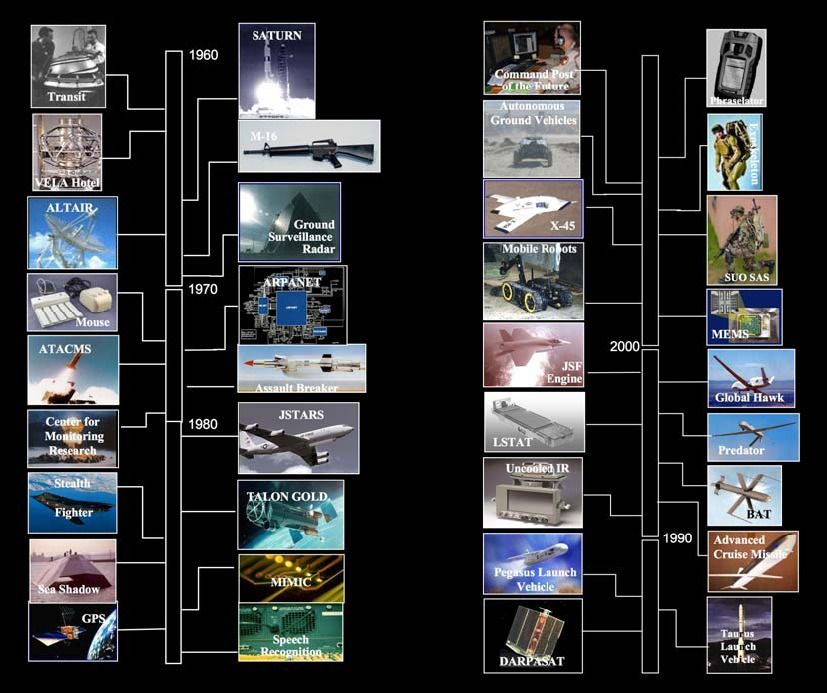![]()
Science Daily — Almost 62 years after detonation of the first atomic
bombs, the United States is considering controversial proposals to
produce a new generation of nuclear weapons and revamp its nuclear
weapons complex, according to an article scheduled for the March 19
issue of Chemical & Engineering News (C&EN), ACS’ weekly newsmagazine.
In the article, C&EN senior editor Jeff Johnson points out that the
proposals come at a time of growing fears about potential new nuclear
powers, such as North Korea and Iran, and potential diversion of
nuclear weapons into the hands of terrorists. The U.S. Department of
Energy’s National Nuclear Security Administration (NNSA), which
oversees design, production and maintenance of nuclear weapons,
developed the proposals.
One part of the plan, for instance, calls for production of the
“renewable, replacement warhead (RRW),” a new nuclear weapon that NNSA
says will be easier and environmentally cleaner to manufacture and
more difficult for potential terrorists to disassemble or detonate.
The article describes details of the RRW, envisioned for production by
2012, and discusses differing opinions about the new proposals for the
U.S. nuclear arsenal, now believed to number about 10,000 warheads.









